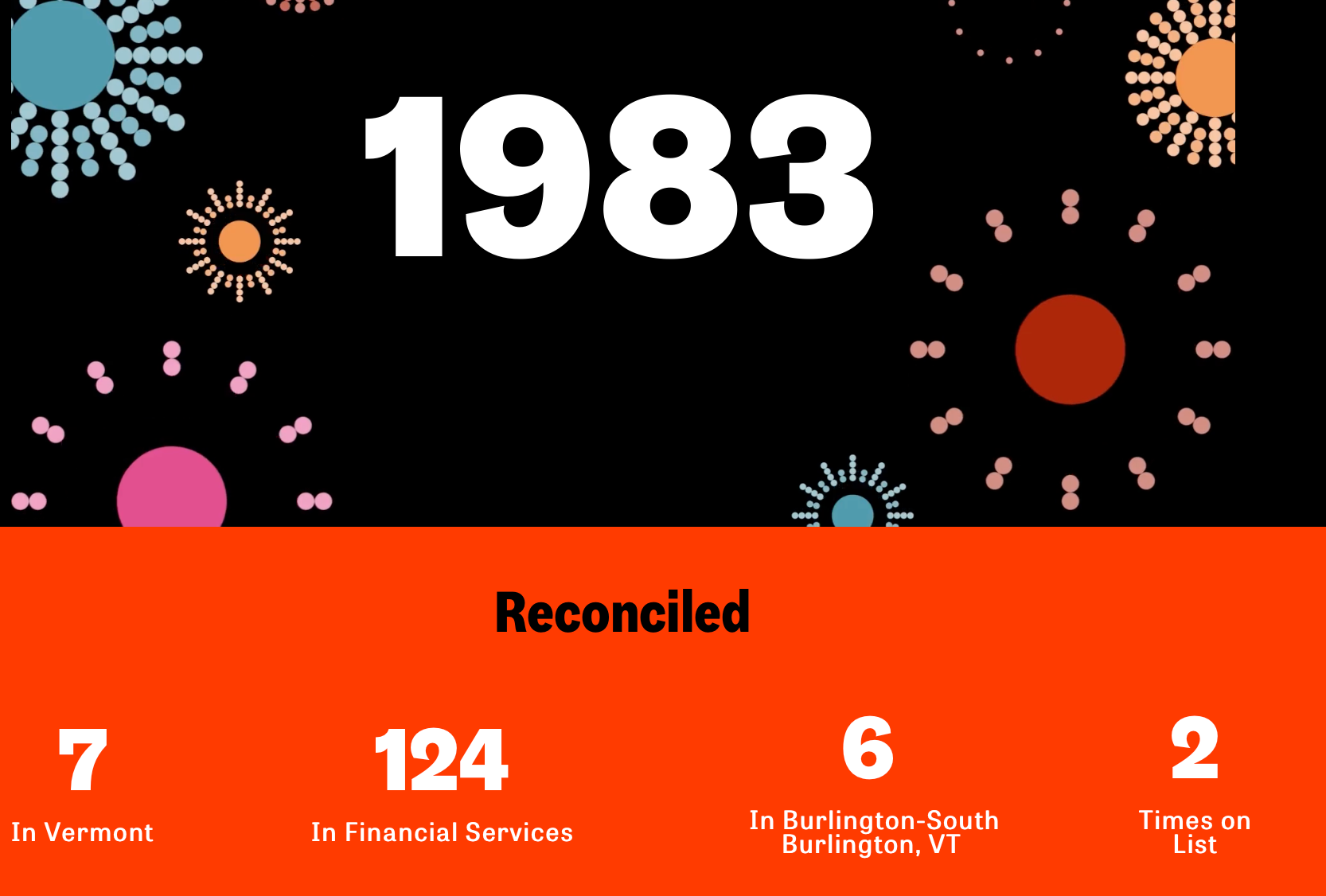The curb appeal of homes and businesses has been impacted by Hurricane Michael on October 10, 2018. Reporting the tax loss to the IRS is part of the financial recovery process that the taxpayer will need to do in the 2018 or maybe the 2017 income tax returns. The Tax Cuts and Jobs Act (TCJA) signed in 2018 does change how casualty losses are reported.
In general, the TCJA raises the bar for claiming a tax deduction for a personal casualty loss by mostly eliminating personal casualty loss deductions beginning in the tax year 2018. However, if the casualty loss is a federally declared disaster and your property is in the declared disaster zone, the taxpayer can make a special election to report the loss in the preceding tax year of the loss. The election has to be made no later than six months after the federal filing due date for the year of the disaster not including extensions. Individuals claiming a casualty loss for personal-use property report casualty losses as an itemized deduction on Form 1040, Schedule A. When to report the loss is dependent on the individual’s circumstances, including:
- AGI in each year
- When returns were filed
- Taxable income in each year
- Need for cash
Different tax rules apply to the 2016-2017 tax years compared to 2018 and beyond. So, to determine the best result for the taxpayer, each circumstance should be considered. The best evaluation method is to input the loss numbers in each year’s tax return and calculate the result.
Losses Exceed Income (Net Operating Loss)
Once the loss is reported in the proper year to maximize the taxpayer’s benefit, a net loss may be the result. Individuals, just like businesses can have a net operating loss, especially with reporting casualty and disaster losses. The TCJA eliminates the carryback of NOL’s to a previous year. It does allow for a carryforward to future years without an expiration period.
Retirement Plan Used for Disaster Recovery
The IRS has made provisions to relax regulations relating to Retirement Plan Hardship Distributions. 401(k) plans and similar employer-sponsored retirement plans can make loans and hardship distributions to victims of both Hurricane Michael and Hurricane Florence. And, members of their families may also be eligible. A person who lives outside the disaster area can take a loan or distribution for assistance to a son, daughter, parent, grandparent, or another dependent who lived or worked in the disaster area. The ‘relaxing regulations’ means that the taxpayer will be able to access their money in the retirement plan easier and faster. Although access to the retirement plan money is much easier, the tax treatment of loans and distributions remains unchanged. Loans are typically not taxable, but distributions are subject to a 10-percent early withdrawal tax.
Calculating the Loss
The taxpayer will need to compile records to support the amount of the loss deducted. The loss to be reported is the smaller of:
- The adjusted basis in the property before the casualty
- Decrease in the fair market value (FMV)
The adjusted basis of property is generally the purchase price and adjustments for events. Such as an increase due to improvements. The FMV is generally the value that the property can be sold. The FMV will have to be determined before the casualty and immediately after the casualty. Without an appraisal of the property to provide the decrease in the FMV caused by the casualty, the actual cost of the cleanup and repairs can be used to determine the amount of loss. This is a safe harbor method available for determining the casualty loss from a federally declared disaster. A safe harbor method is also available to help determine the casualty loss for personal belongings.
The calculated casualty loss figure will also need to be decreased by any insurance reimbursements that have been received or expected to be received. Insurance payments received to cover living expenses. But only when the use of the main home is lost does not reduce the casualty loss. If the insurance reimbursement is more than the adjusted basis in the property then a gain will be reported and may be subject to tax.
Hopefully, this explanation helps with the basics of reporting an individual personal property-casualty loss. Many resources can be found at IRS.gov to assist with questions. Also, you may want to consult your current CPA, or you can contact Reconciled.
The post How to Report Tax Loss to the IRS appeared first on Reconciled.
Recent Posts







